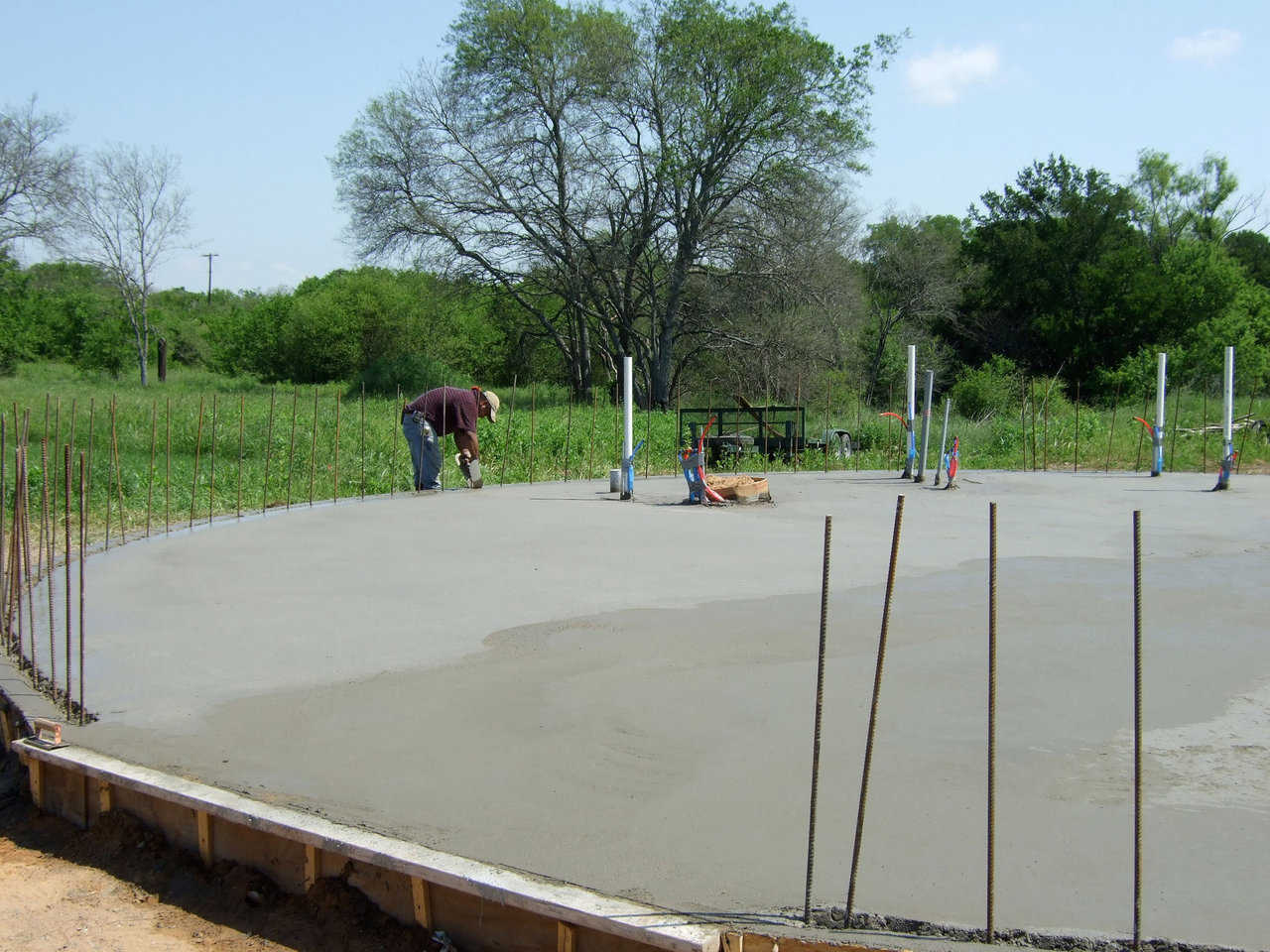Begin with a basic evaluation:
- What skills do you have?
- What startup equipment is needed?
- What are the costs?
- What resources are available?
Skills
Basic business sense is a necessity, yet difficult to quantify. I know sophisticated business leaders and non-sophisticated business leaders. Some of each do well; others do not. In any case, there are a lot of business rules and decisions the startup builder must handle. Professionals, such as consultants, attorneys and accountants can round-out a person’s basic understanding of business procedures, restrictions, requirements and laws.
Build your skills by attending night classes at your local college. Attend our Workshops and Conferences. Network with other builders. Watch and review our Training Pak. Read various sections of our website. Take part in the discussions on our Bulletin Board. Most importantly: keep learning, reading, watching, taking part, staying active.
Focus on your strengths
Start your dome business like any other business by focusing on your strengths. If you are long on money, go for industrial projects. If you have enough capital, construct for yourself and lease to others. If funds are tight, but you are a hard worker who doesn’t easily tire, seek projects that require less capital, but lots of work.
Don’t quit your day job
Dome sales may be slow to start. Consider investing your time and labor on a part-time basis at first. Some have developed companies by working just evenings and weekends. If you start small, consider constructing rental units. The building of rentals is within most budgets. They make money and they provide excellent practice and a great starting place.
Seek a qualified accountant
Find an accountant who is genuinely interested in helping you get a good start – someone you can trust. A mass of forms, each with a deadline, needs to be completed accurately and filed on time. A good accountant knows the details.
Financing challenges
Begin by trying your local bank. They may be more helpful than you anticipate. Leasing companies may also be helpful. Check our website for ideas. Look at the list of Lenders on our website. Financing is getting easier. Lenders cite comparable values as their big sticking point. But we now have a growing, comprehensive list of comparables for appraisers.
Market
When we first started building Monolithic Dome homes, we had problems marketing to middle America. That is slowly changing. High-end Monolithic Dome houses are also becoming more popular. People who are spending $500,000 to $1,000,000+ on a home often want the uniqueness a dome provides. They also want something that is extremely energy efficient and will last for the long haul.
Another market that seems very viable to me is the low-end rental and house market. This is especially true of rentals. There is a serious need for rental homes all over the United States – especially for singles and mothers with children.
I believe that builders constructing small homes for the singles’ market can make a good living. These homes, 200 to 315 square feet each, rent to singles or couples, both young and old. Lately we have been building the Oberon Four-plex. The units are 200 square feet each – a lifesaver for low income renters. The smaller units make the most money. Don’t get caught up in what you would want. Remember, it is what “they” need.
Small rentals are often built as extended stay motels. Contact local building inspectors. Become familiar with and adhere to their requirements.
Be versatile; Generate cash flow
Dome building equipment works well for many applications, such as concrete fences, retaining walls, garden ponds and more. Keep your concrete pump busy between domes.
Building concrete fences can generate a generous cash flow. Generally, concrete fences sell from $10 per square foot for a plain, straight fence to $15 per square foot for an imitation rock fence. The use of dome building equipment makes these fences a cinch. Land developers who build strip malls and other developments are potential customers. (2007 pricing)
Advertise in the high-end housing areas. Faux rock fences provide beautiful, aesthetic touches to homes and commercial structures.
Get on the Web; Do it now
Directly or indirectly, the World Wide Web is affecting all of our lives. Get your own website and get listed on ours.
The web’s business-to-business aspects out-distance any of its other applications. The head of a major space company told me, “If a business is not on the web we look elsewhere.” Use the tools of promotion available to you.
Form an alliance or business arrangement with a urethane contractor.
Basic Equipment
Urethane foam machine
The urethane foam machine is often the first piece of equipment a newbie wants, but it is the last thing to invest in. Firstly, it’s expensive! Budget $35,000 to $50,000 for one that’s ready to go. Secondly,it must be used. If it is not used regularly, it may require high maintenance. It is not unusual to spend $5,000 to get one to work again after it has sat for six months. The foam business can be a very good business, but it is a lousy part-time thing. As a start-up get in cahoots with a local foamer.
If you do decide you want a foam rig, put it on a trailer of its own. It will mean a separate trip to the jobsite. But you do not want it on your equipment trailer as you only use it for about two days, and then it goes to the next job. If you want a foam rig you should get in the foam business. Consider downloading and reading the foam book on our website: Urethane Foam: Magic Material – And The Best Kept Insulation Secret.
The Pump
Startup dome builders should invest in a pump that fits what they will build. If you will be constructing domes less than 50 feet in diameter, get the smallest pump. But if you will be building domes with diameters of 50 feet or more, invest in a larger pump. For even bigger domes, consider the 2500 pump. If you are going to do very, very large domes you will need a Schwing or such.
The Monolithic GHP 1500 Concrete Pump works well for building domes with diameters of up to 50 feet and an occasional larger one. It is ideal for fine work and is robust enough for larger projects.
For example, a 50′ × 20′ Monolithic Dome requires about forty cubic yards of concrete and about fourteen hours of spray time using a GHP 1500. Fourteen hours of spray time can easily be completed in four working days. If a pump ten times larger than the GHP 1500 is used, it will still take four days, since each concrete coat requires cure time. Then too, the smaller pump is easier to handle, so it generally does a nicer job.
Monolithic no longer mounts its concrete pumps on trailers. It takes another pickup and driver to get them to the job site. Again, stay nimble. Load the pump on the trailer along with all of the other tools and use one pickup for transport workers and materials.
The Skid Steer and the Monolithic Concrete Mixer
Generally, our crews utilize a 1300-pound rated skid steer. That pound-rating is determined by the manufacturer. In reality, a skid steer can pick up substantially more weight than what its rating indicates. On the back of our 1300-pound skid steer, we set counterweights to offset the weight of the mixer. So, the beginning dome builder can consider a 1300-pound, a 1500-pound or heavier skid steer. But remember that if it is heavier, you still have to load it on the trailer and carry it. This is important – stay nimble
Your skid steer needs to be equipped with a Monolithic Concrete Mixer that’s designed to operate on the front end of a skid loader. It will mix three-tenths of a cubic yard per batch. The skid loader comes in handy for a number of other jobs as well. Using the Monolithic Concrete Mixer, two workers can mix as fast as needed for the GHP 1500.
The GHP 1500 does not work well with mixer trucks because the pump is too slow for the capacity of the truck. For maximum efficiency, we suggest having aggregate and bag cement delivered, then mixed on site. That allows you to spray on your schedule – not on a Redi Mix schedule – and your project will go more smoothly and look better.
Inflator Fans
A pair of Monolithic Inflator Fan Units provide backup for each other, are not expensive, and are easy to handle and transport. One such unit can be run off a generator and provide even more duplication and security. For larger jobs and more air flow, use the SC3 Inflator.
Scaffolding
A Monolithic Rotating Scaffold Base with a full set of double box scaffolds and planks is a simple device that makes construction safer and easier. The result is a higher quality of work, done by workers who feel safe because they know that they are safe. Best of all, it will break down and fit on the equipment trailer, so you don’t need another transport vehicle.
A Truck and Trailer
Monolithic’s crews use a Diesel-fueled, heavy duty, three-quarter ton or a one-ton crew cab. Trucks should be kept in good condition and be equipped with a sturdy trailer hitch and a braking system that activates the trailer brakes.
Monolithic uses a custom-made trailer that is 8.5 feet wide and 22 feet long. It has two 13,000-pound axles, each with brakes. These extra-heavy-duty axles are needed for rough surfaces. But we don’t necessarily put that much load on the trailer. The trailer’s sides are flat. Usually, trailer sides are not necessary, but you do need to be able to load things on and off the sides. Hence, we have no rails down the sides. We use a steel deck and a slight boat tail on the last two feet of the trailer. We also have under-trailer storage of ramps, so we can drive our equipment onto the trailer.
You must stay nimble. The truck and trailer can easily haul a 1300 skid loader, airlock, Paxis scaffold, GHP 1500 and all of the tools and pieces – everything but the urethane rig. Four or five workers can travel fast and efficiently to a job site to get a dome built as inexpensively as possible.
Miscellaneous
This includes an airlock, rebar cutters (If you can afford it, get a hand-held electric hydraulic unit.), rebar bender (Monolithic has one that fits the trailer hitch of a pickup.), hand tools, shovels, forming materials, levels, etc.
Costs
Using round numbers, starting a Monolithic Dome construction company takes approximately $50,000 – maybe more depending on how much initial operating cash you need.
Startup businesses can often get help with financing for equipment through a bank or equipment leasing company. Monolithic Dome Institute is a source of information and help available to all Monolithic Dome builders. We maintain a library of printed material and videos. We have several ways in which builders can ask questions and get information: Start at www.monolithic.com or email to [email protected] or call (972) 483-7423.
Conclusion
Finally, I suggest running lean. Get the business started and jobs done before spending money on flashy offices, vehicles and costly promotions. Rent the air compressor and the skid steer. Start by contacting local leads. Use local classified ads. Most importantly, hit the streets and establish personal contacts.
Stay nimble. One Monolithic Dome builder stopped by here on his way to a new job with 5 vehicles. One was a semi with his foam machine. Another had most of his main equipment including a self-propelled man-lift. One rig pulled a trailer-mounted concrete pump. The other two were RV’s with trailers. There is no way a job – house construction – can pay for the moving costs, let alone the rent on all that equipment. Neither you nor he will last long as a builder with that much overhead. Stay nimble. Don’t fall in love with your equipment. Don’t buy it unless you can really use it – rent it, especially until you know how much you will use it. Air compressors and skid loaders rent anywhere and good used ones run every bit as well as new. Good used equipment really cuts startup costs.
Starting and operating a Monolithic Dome construction company is a challenge. It is not for the faint of heart. But how else can you have the sense of accomplishment you get from building such fine structures, using your own skills? Your efforts will benefit others, and you will leave a legacy of buildings that will be used throughout the next millennium.
Most of all have fun. You are part of something larger – paradigm shift in construction. Airformed Monolithic Domes are the first major shift in construction in the last several hundred years. Enjoy being part of the future.
Updated: November 2007
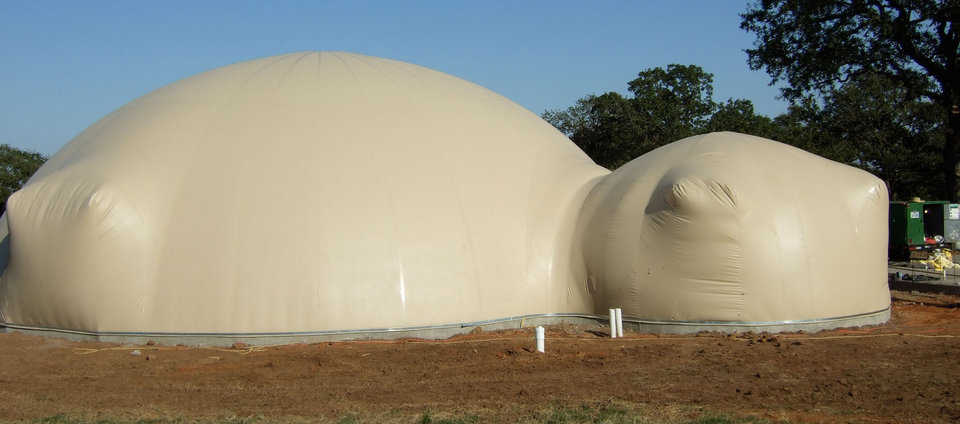
Airform Inflated — This multi-dome Airform has just been inflated. The augments will now be formed with wood and forced into position making a nice, wrinkle-free door way. The saddle connection between the two domes will also be strapped down into place. (Javier Figueroa)
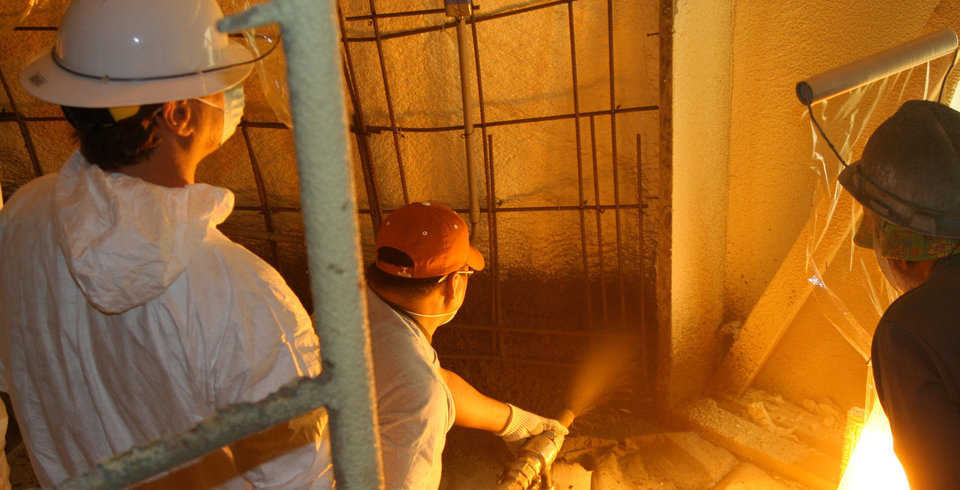
Applying Shotcrete — Workshop attendees get the opportunity to spray concrete on a Monolithic Dome during one of our Workshops. The first layer of shotcrete gets sprayed on approximately 1/2" thick. (Kasey Montgomery)
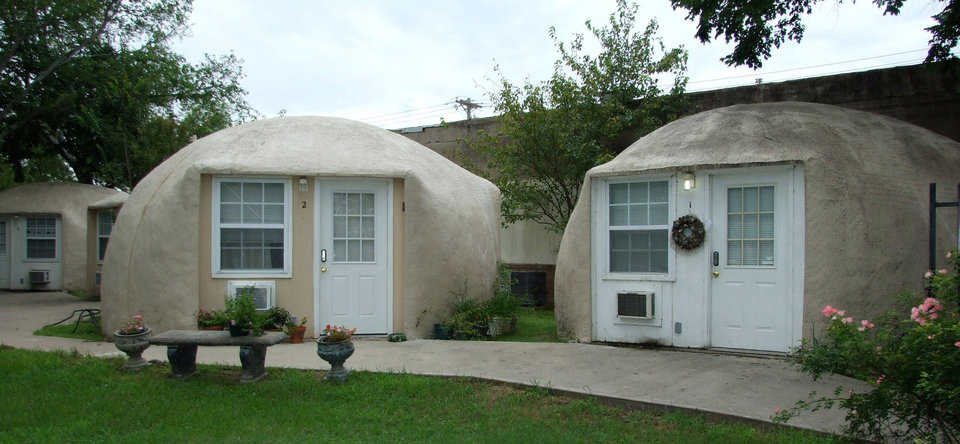
Rental Units — Nestled in the trees in Italy Texas, four IO-20’s make great 300 square foot rental units. These four domes are coated with concrete using the chain-shell method.
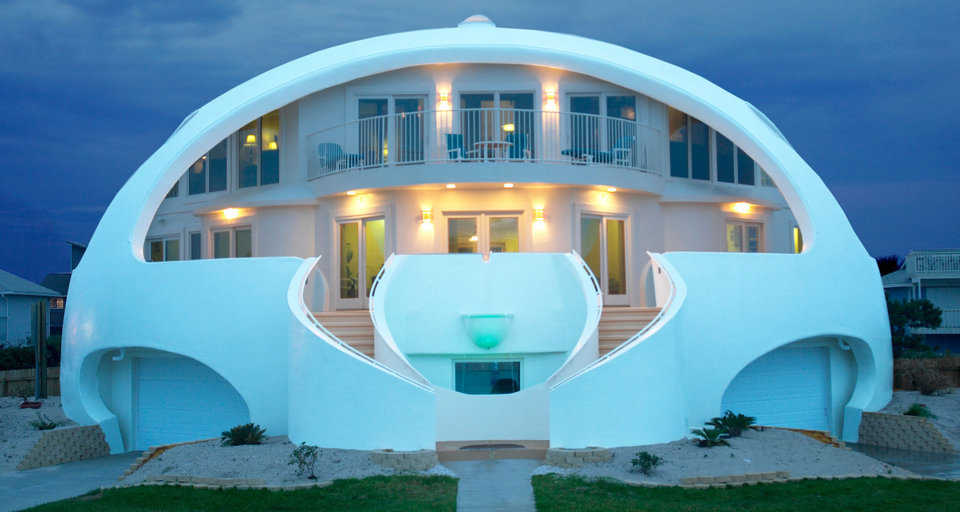
Luxury Dome Home — This luxury dome home is in Florida. Built by Valerie and Mark Sigler, “Dome of a Home” is a 70′ × 54′ dome with about 8670 square feet of living space.
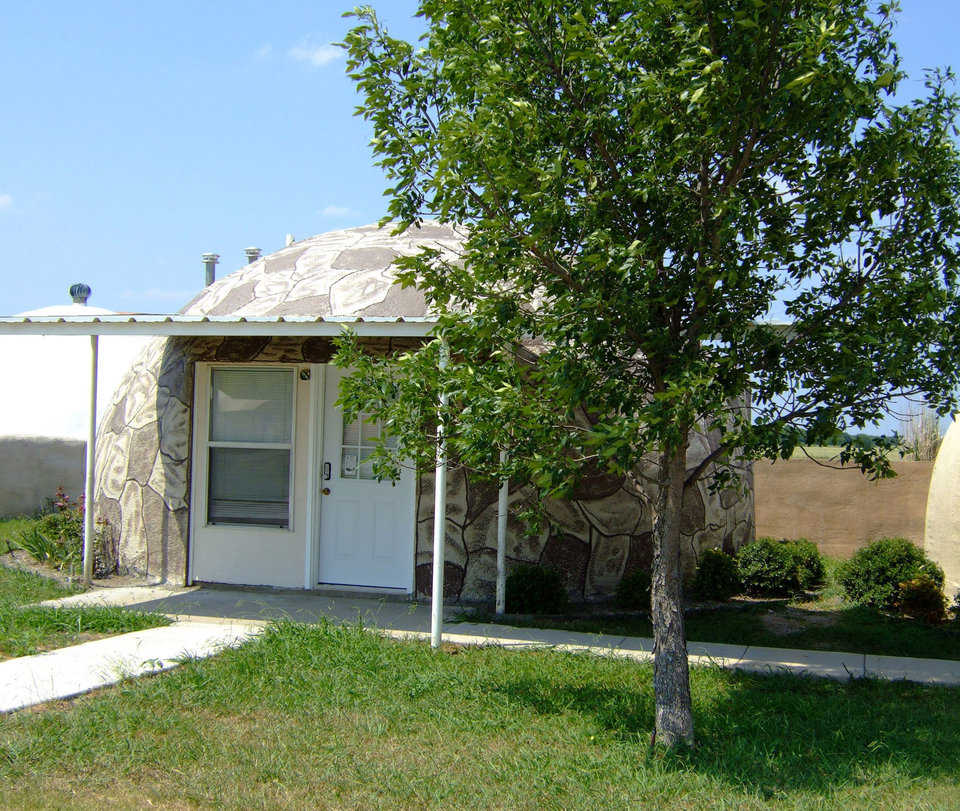
IO-24 — This IO-24 is located on the Monolithic Dome Institute’s property in Italy, Texas. It is a 450 square foot rental unit. The concrete coating on the outside of this dome was stained using a siliconized concrete stain.
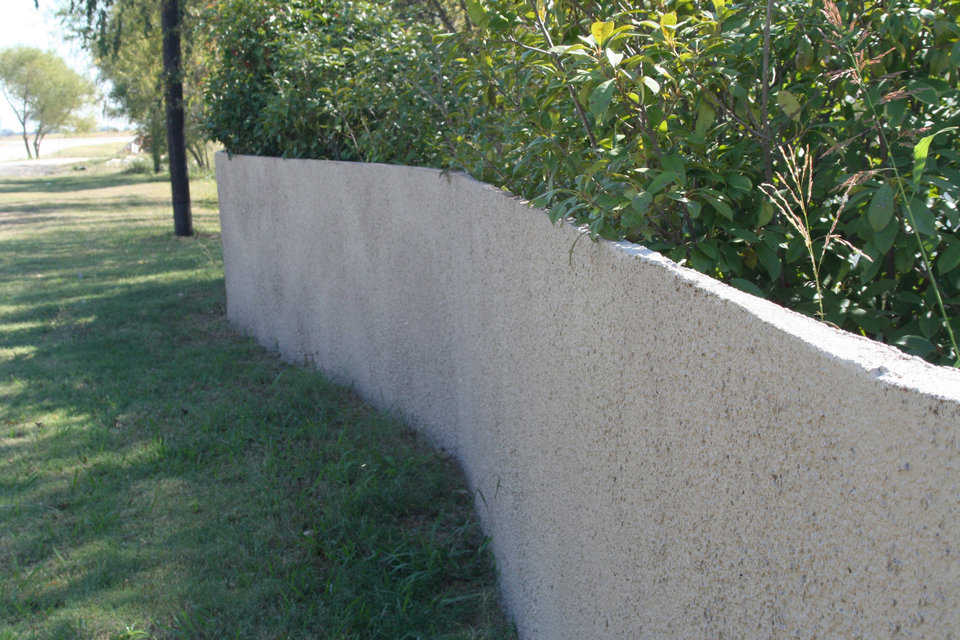
Monolithic Fences — Monolithic uses single side forms and our shotcrete equipment to make great fences. This concrete fence is only 2" thick.
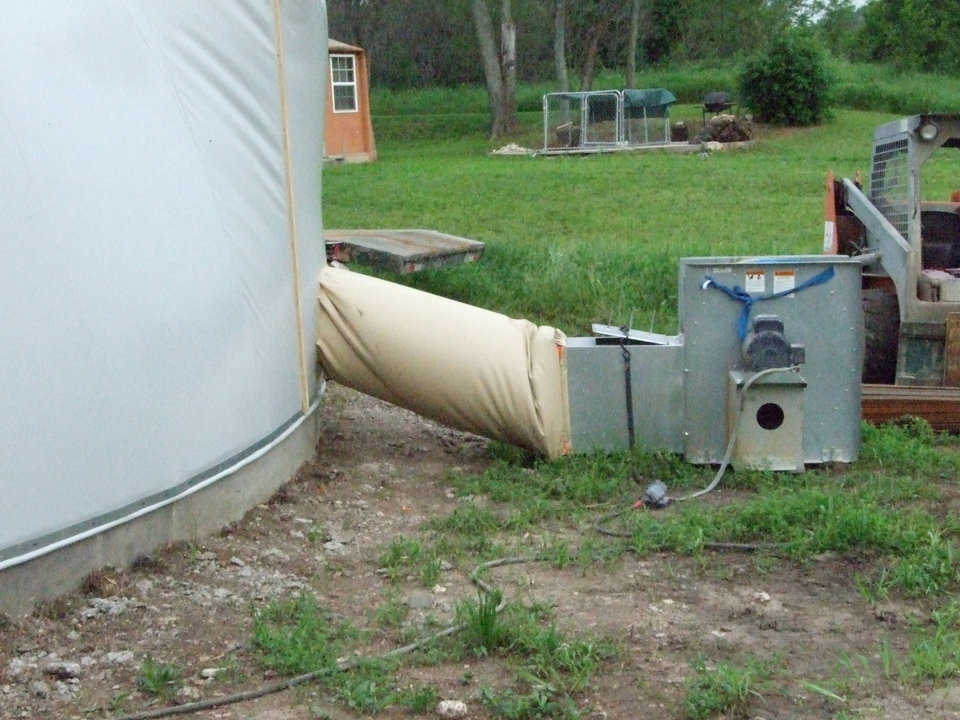
Inflator Fan — Monolithic manufactures and sells equipment that is specifically designed for the dome building industry. This is a SC3 inflator fan that can easily inflate Airforms up to 100’ in diameter. This fan also features a pressure regulator and back-flow prevention devices.
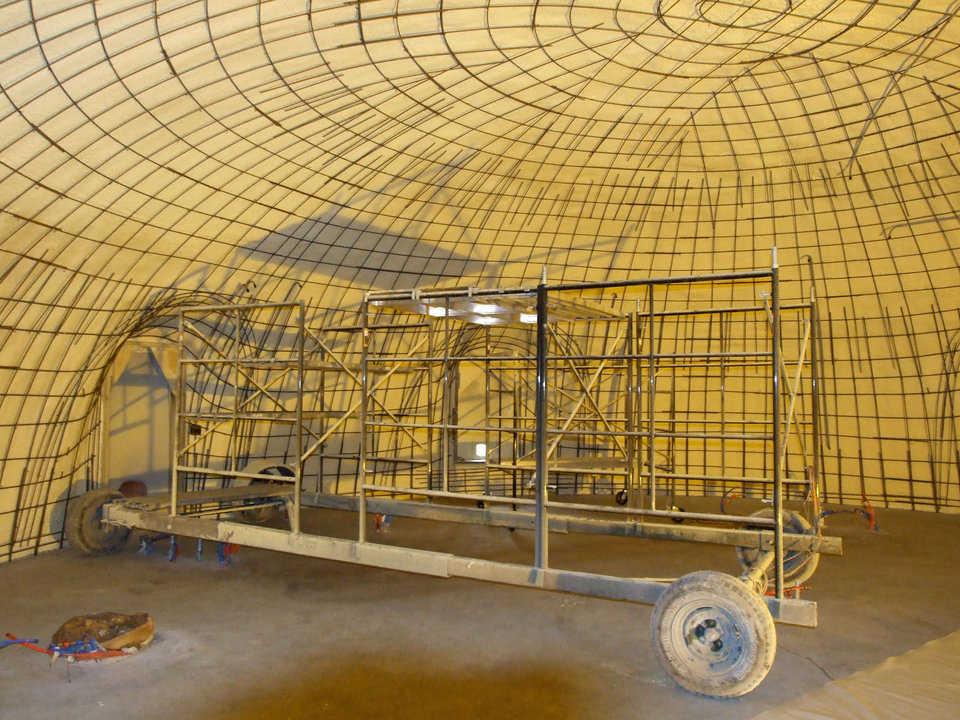
Paxis Scaffold — The Paxis scaffold is the best scaffolding for dome structures. It can be adjusted to build any size dome and will keep your applicators in the right spraying position, in a nice constant speed around the dome.
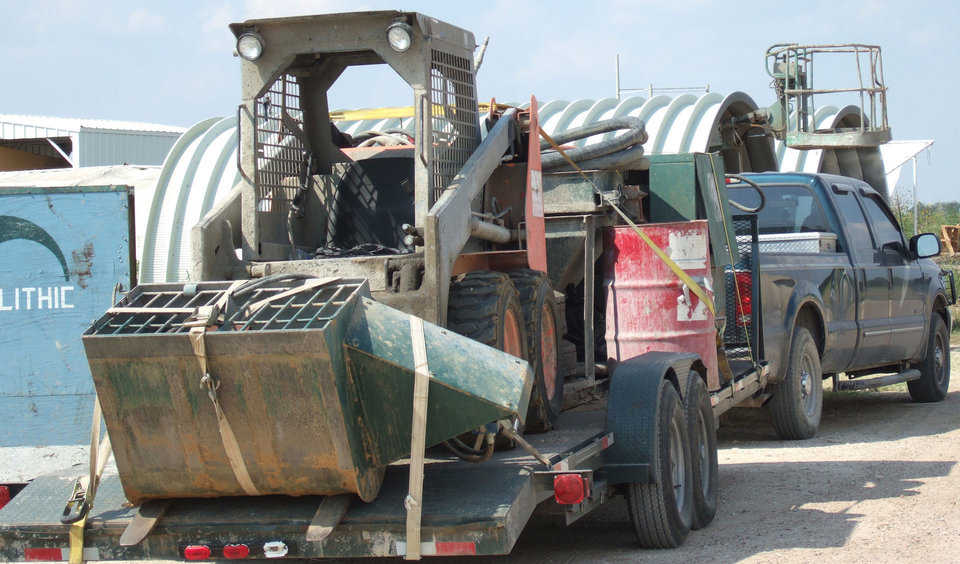
Light and Nimble — The equipment we manufacture is meant to be light and nimble. This trailer contains all the equipment necessary to spray concrete: concrete mixer, skid steer concrete pump, air compressor and all the hoses.
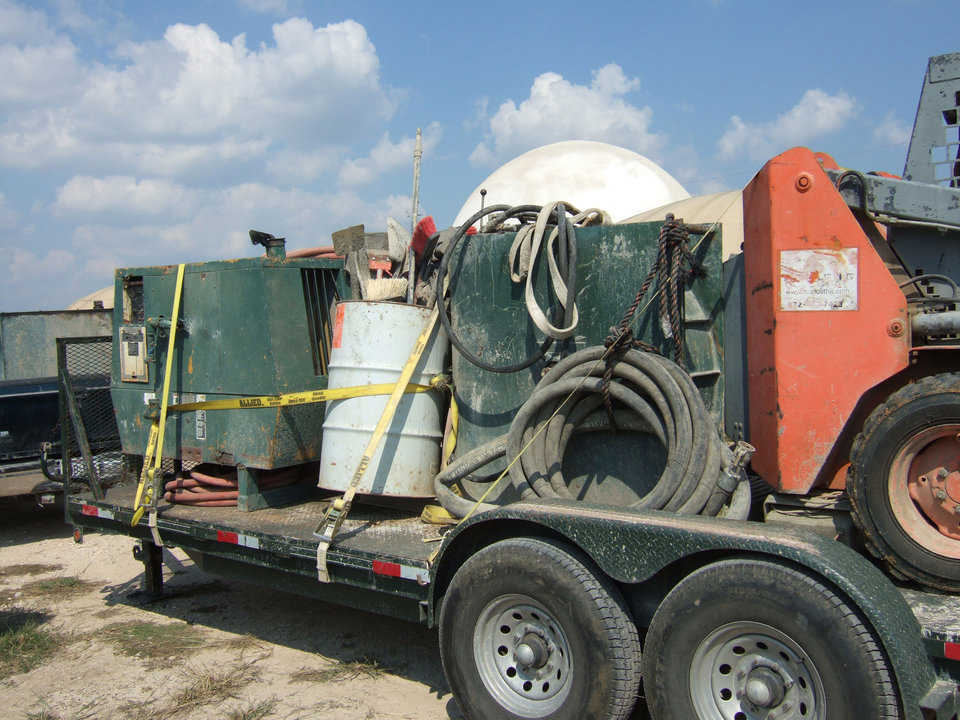
Equipment trailer — Monolithic can help equip you and your crew with equipment that has taken us years of fine tuning to produce.
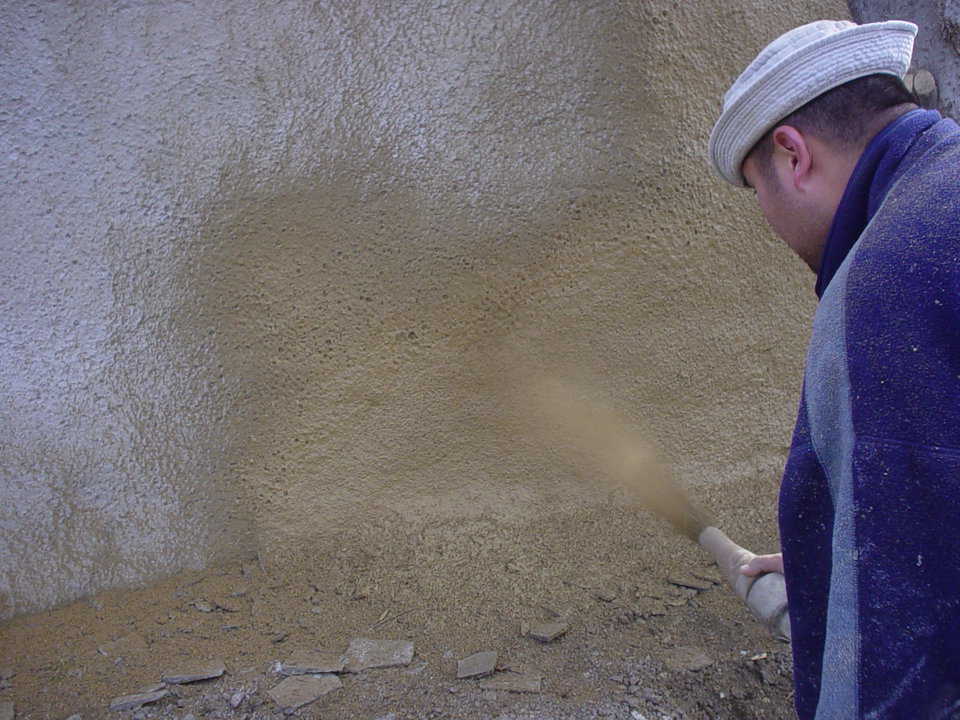
Spraying — The construction of a Monolithic Dome calls for spraying the polyurethane foam insulation and then concrete on the inside of the Airform.
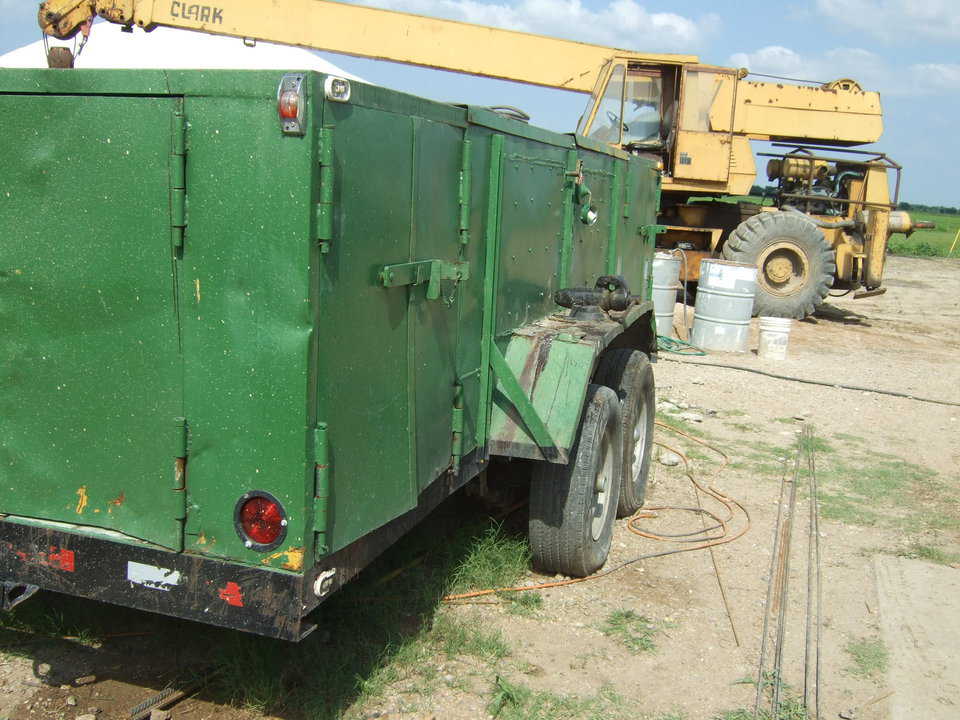
Foam Trailer — If you do decide you want a foam rig, put it on a trailer of its own.
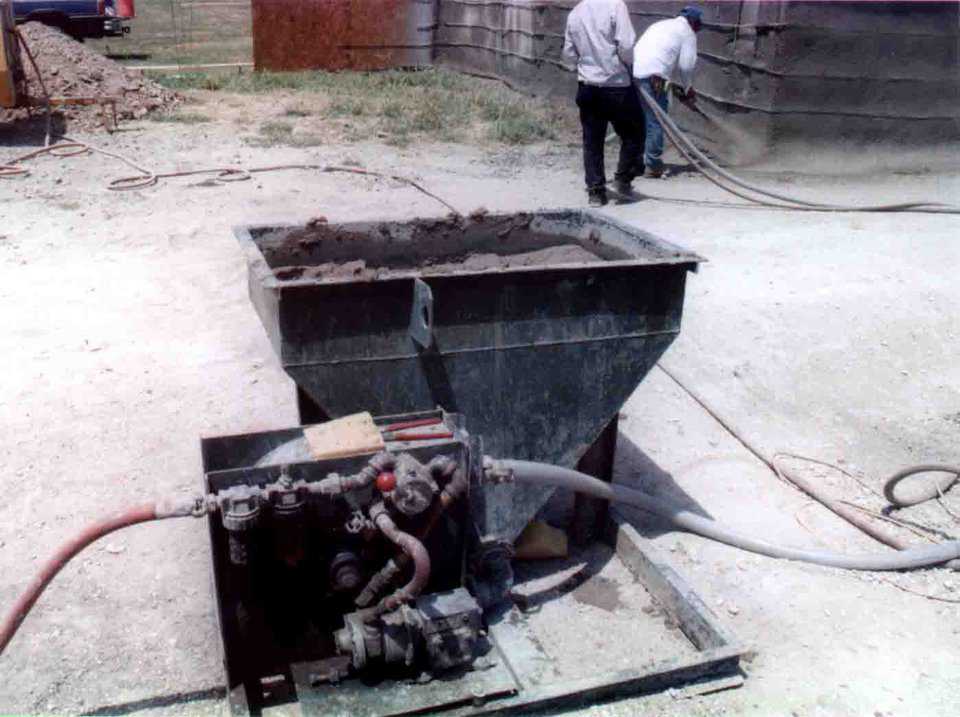
Shotcrete pump — Startup dome builders should invest in a pump that fits what they will build.
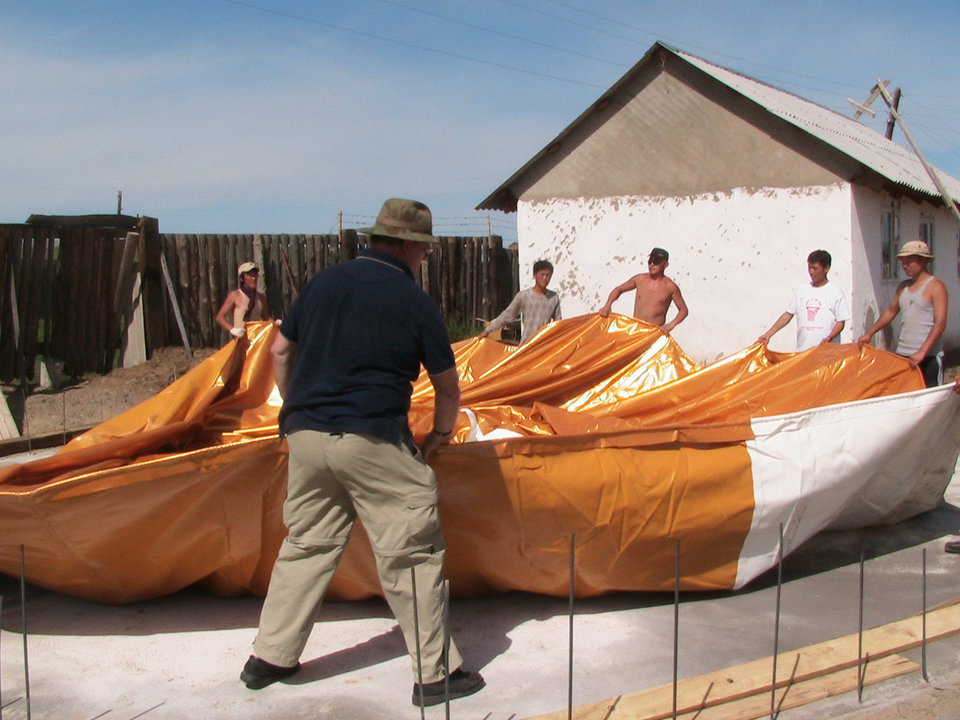
Spreading — A crew readies the Airform for inflation by spreading it out.
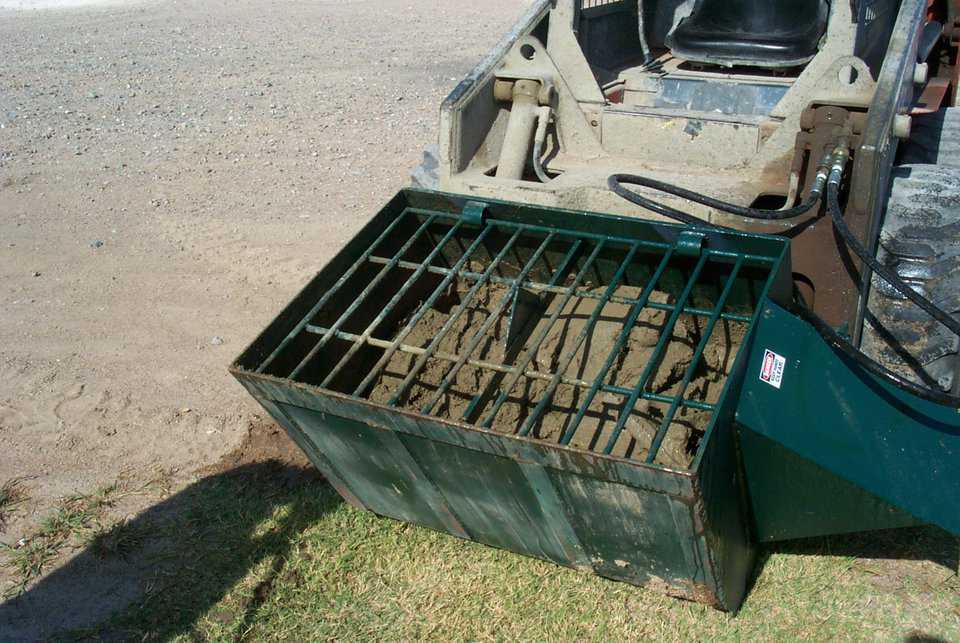
Monolithic Mixer — Using the Monolithic Concrete Mixer, two workers can mix as fast as needed for the GHP 1500.
